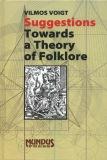
We kindly inform you that, as long as the subject affiliation of our 300.000+ articles is in progress, you might get unsufficient or no results on your third level or second level search. In this case, please broaden your search criteria.


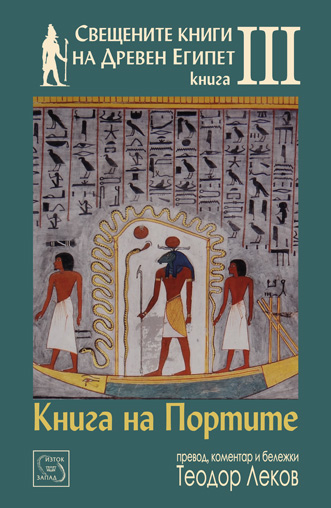
The "Book of the Gates" is the third book of Ancient Egyptian Religious Texts series, which includes the main works of the Egyptian sacred tradition. "The Book of the Gates" is an ancient Egyptian magical book devoted to journey of the god of sun to the afterlife. Its name has been given because of the gates that close the spaces between the various parts of the underground kingdom. The book is intended for the Egyptian ruler; it was unavailable to the uninitiated. It first appeared in the middle of the New Kingdom (XIV BCE) and was recorded on the walls of the royal tombs.This edition contains an introduction, an ancient Egyptian translation (accompanied by translation), images of the scenes and commentary. It is published for the first time in Bulgarian.
More...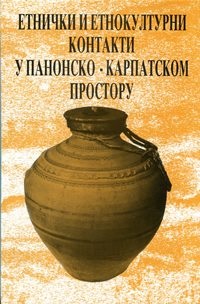


The region of north-eastern Serbia is known for a vivid magic activity of its population. Every village has sorceresses using the so called white or black magic. The most attractive example of magic practice is a wide-spread ceremony of casting spells in order to “tie” someone. Magic tying is a way in which wives punish their unfaithful husbands and lovers, causing their partial or complete sexual impotence. It is not hard to imagine why this magic activity has survived until today. It is clear that, alongside its therapeutic significance (e.g.autosuggestion), this practice has a conclusive social significance too. Charms are, in a certain sense, also means of pointing out that impotence is a social phenomenon. It is implied that the impotence of a man is not an expression of his physical or mental disability, but that it comes as a result of the magic activity of women. In this way man does not lose any of his supposed strength, masculinity and authority otherwise attributable to the patriarchal male person. The order in which the male is domineering over the female remains preserved. On the other hand, it seems that the “tying” and the efficiency of spells amount to some kind of a relief for women who are unsuccessful in social terms, for women that are abandoned or are about to be abandoned by their husbands or lovers. For both of these categories of women, the casting of spells always leaves hope that their apparently insoluble situation will be resolved.
More...
The author explores, within the scope of the research project, a perception of death in three archaic but ideationally persistent forms of our folklore: lamentations, curses, and charms. The first and foremost stage of this research work is a study of lamentations. Due to the complexity of the notion of death, it is, first of all, necessary, as the author points out, to determiner there is anything peculiar to this avenue of approach to death, with respect to the official orthodox dogmatic, and with respect to other forms of folk creativity. It is also imperative to make a close study of whether the contemplated lamentations include certain old ideas of death and of the afterlife, which may have their origin in some ancient religion. Exemplified by fragments of folk lamentation verse taken from three anthologies (compiled by Vuk St. Karadžić, Novica Šaulić, and Tatomir Vukanović, respectively), the subjects under consideration include how lamentations relate a down-to-earth attitude to death, what is meant by the syntagm “eternal home”, and how death reflects in the community of the living. Metaphoric and sublimated poetic language, reelected also in curses, could be of use to us as a criterion in our appreciation of praise worthy qualities of our people.
More...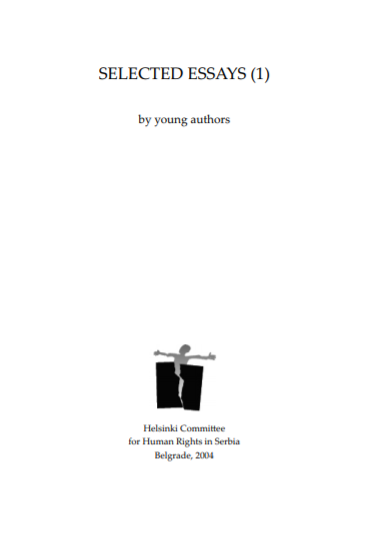
This is the first collection of selected essays by the authors who attended the courses and seminars the Helsinki Committee for Human Rights in Serbia organized in 2004. Within the three-year project “Building up Democracy and Good Governance in Multiethnic Communities” that is being implemented with the assistance of the European Union, twelve 5-day “schools of democracy” and eight 3-day seminars under the common title “Life and Living in Multiethnic Environments” were held in 2004 in Belgrade, Novi Sad, Kragujevac and Novi Pazar. Over 500 trainees attended these courses and seminars. The project is aimed at capacitating young people – by the means of attractive and interactive courses of training – not only for a life in multiethnic communities that are particularly burdened with the adverse experience of the recent past, mutual distrust and stereotypes, but also for a life in the conditions that mark a modern democracy and reflect its standards. An objective as such implies, among other things, rational perception of notions, developments and trends that are in Serbia still blurred, marginalized and subject to relativism or, moreover, to various and even misguiding interpretations. The Helsinki Committee’s experience testifies this is all about a process that takes time but is worthy of effort – the more so since young people, as evidenced by the selected writings as well, fully perceive it as an imperative need of their own.
More...
It’s been almost a year since I have been preoccupied with the matters of civic service, that is to say the conscientious objection, in Serbia. One of the activities we had undertaken at the very beginning has been to conduct a poll of citizens on the subject. The commentary which was often expressed by all those polled who disagreed with an alternative to the compulsory military service was: “My grandfather has served, my father too, and so will I. It’s a family tradition.” The word which attracted my attention in the argument against civic service was tradition. It made me think how tradition as an argument was sufficient all by itself. Approaching the subject, I have diligently looked up the meaning of the word traditional in Vujaklija’s “Lexicon”. Apart from a number of synonyms which explain the term, there was a word usual. A send-off of recruits to the army looks approximately as follows.
More...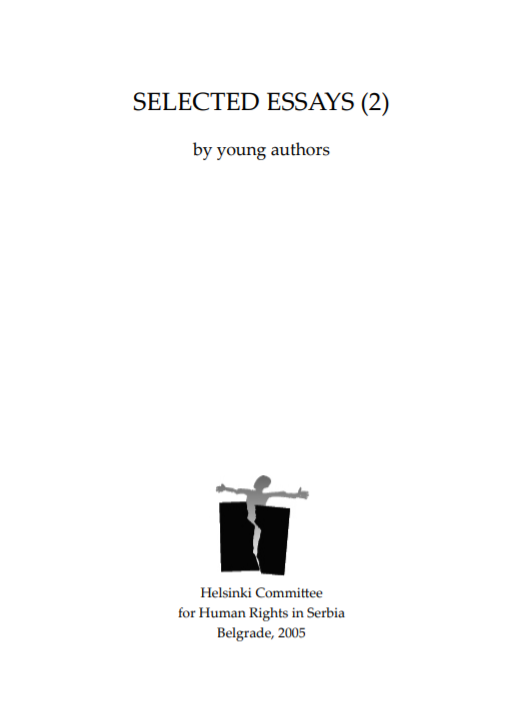
This story is inspired by a genuine event, and if some scene and characters seem familiar to you, you are right, for, unfortunately we are surrounded by such characters, and some of them are lurking in our midst.
More...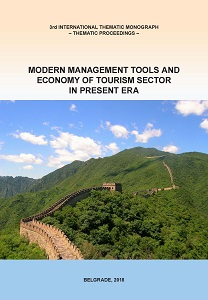
The aim of this research is to determine whether habits and customs as elements of cultureaffect the behaviour of consumers in the sector of tourism, that is, whether they affect the process of researchingtourist arrangements and their use, as well as visiting travel agencies and consumers’ loyaltytowards them. For this purpose, empirical research was conducted on a sample of 237 subjects. Theresults indicate that habits and customs have an impact on the above-mentioned aspects of consumers’behaviour in the tourism sector, which confirms research hypotheses. Travel agencies should considerthe relationships between habits and customs of consumers and research and purchase of touristic arrangements,consumer`s visit and their loyalty, in order to create and implement the most appropriatemarketing strategies.
More...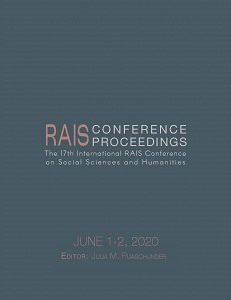
Within his own cultural era, Ernesto de Martino stands out as an illustrious ethnologist, by virtue of his capacity to emphasize and express inherent qualities possessed. As a history researcher regarding humankind's fathom origins from the farthest lands, de Martino was also an interpreter of the contemporary society, portrayed by suffering. The laborious commitment Ernesto De Martino shows throughout his literary activity during the '50s has an extremely vital role in anthropology and ethnology, not just due to the historic, background of his work, but above all, it exhibits his originality in the approach towards complex topics, flourished within the analysis of the philosophic mould and directed towards the socio-cultural reality of poorly developed areas in the post-World War II Italy. The basis of the Demartinian research broadens the approaches of the Italian folklore and the cultural phenomena − the mourning rituals in Lucania, the choral dancing therapy of tarantism in Puglia − and, moreover, it develops an interest towards Romanian folklore, represented by its mourning and funeral ceremonies.
More...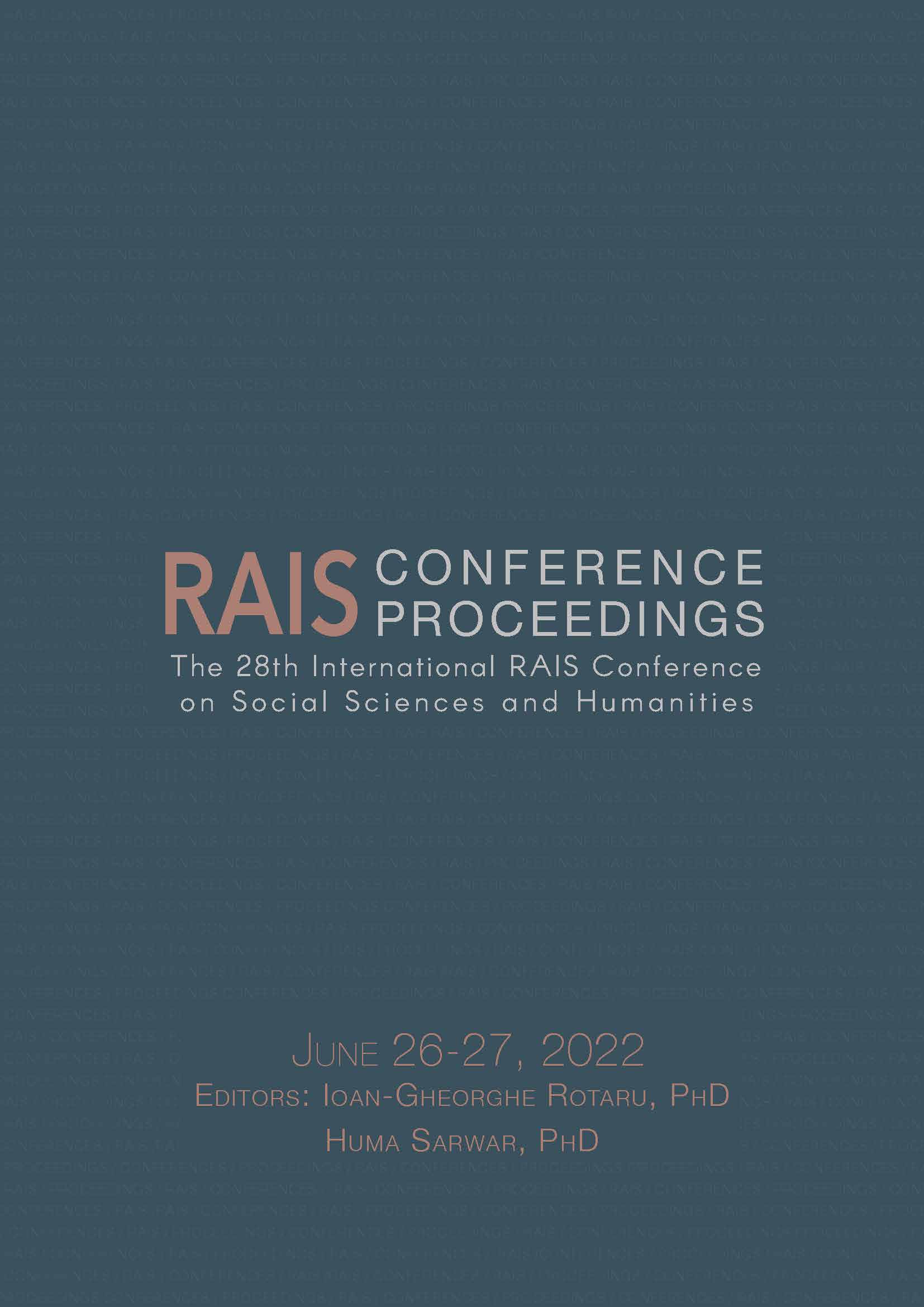
Every people group is distinguished through specific traits that reflect both its identity and ethnicity. While identity refers to the process of ‘becoming’ a people throughout history, and it represents its current dominant image, ethnicity refers to the roots of a people, the particular elements within it that make some say, ‘us’ or ‘them’ (People and Bailey 2009, 383). These features of ethnicity and identity are given by several elements that contribute to the formation of a people: anthropological aspects, linguistic elements, the history of a people and contextual framework. The anthropological aspects refer to a people and the origin of different ethnic groups located in the same geographical area. The linguistic elements point to the origins of the populations set together, characterized by specific vocabulary. The historical framework shows the process by which populations found in the same geographical area, due to specific circumstances, managed to preserve their ethnicity, but also to form a new common identity. The contextual framework refers to the social, cultural, and religious aspects specific to certain groups or mixed in the process of forming a new identity. In this article we aim for two things. First, we would like to make several observations on the ethnicity of the Malagasy people, located in the geographical territory of Madagascar, in the Indian Ocean, in the light of the above-mentioned elements, and then to look at the identity of the Malagasy people today, following the process of homogenization of the different populations and cultures that form it. Although we could not comprehensively cover all these elements that reflect ethnicity and identity, we sketched a picture of the Malagasy people including some of the four elements mentioned above: the genesis of the Malagasy people, the linguistic elements, and a brief historical, cultural, and religious framework reflected in the social life of the Malagasy people.
More...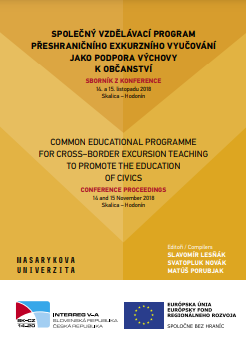
Folk culture was formed in the past without regard to the state borders. For its appearance, the geographical and climatic conditions, the resulting source of livelihood, the economic ties to the city centres, and the way of life in its material, social and spiritual form were fundamental. For the ethnographic regions of Podluží in the south-eastern tip of Moravia and Záhoří in the south-western part of Slovakia, the lowland position and the same conditions for agriculture are characteristic. The historical circumstances of coexistence in the common state of the Austrian Monarchy contributed to their proximity, as well as being influenced by the Croat colonization that began in the mid-16th century, which also affected the appearance of folk clothing and was reflected primarily in the colour of individual components and their embroidery decorations. However, the development of folk costumes can only be observed systematically from the end of the 18th century, as written and pictorial sources and material documents are missing for the older period. By comparing the cut of clothing components in both regions, it can be concluded that male and female workwear exhibits the most common features, some differences in festive and ceremonial dresses are found especially in accessories. Nevertheless, the overall character of folk clothing in Podluží and Záhoří tells us about the cultural proximity of inhabitants on both sides of the border.
More...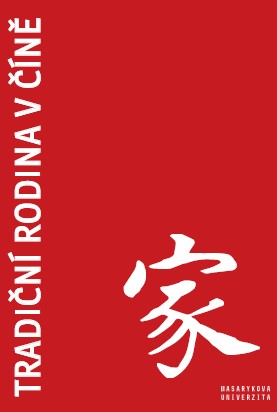
Přestože se v Číně od roku 1928 používá gregoriánský kalendář, data oslav tradičních svátků se stále určují dle tradičního kalendáře (nónglì 农历, jiùlì 旧历, yīnlì 阴历). Je to lunisolární kalendář, který počítá roky, měsíce a dny podle astronomických jevů – pohybu Měsíce, ale i Slunce. V tradičním kalendáři dny začínají a končí o půlnoci a měsíce začínají v den novoluní. Roky začínají o druhém (nebo třetím) novoluní po zimním slunovratu. Počátek a konec každého měsíce upravují dvacet čtyři sluneční cykly (jiéqì 节气), které dohromady představují celou oběžnou dráhu Země kolem Slunce. Data v moderním gregoriánském kalendáři odpovídající jednotlivým slunečním cyklům se zpravidla nemění a pouze zřídka se liší o jeden nebo dva dny.
More...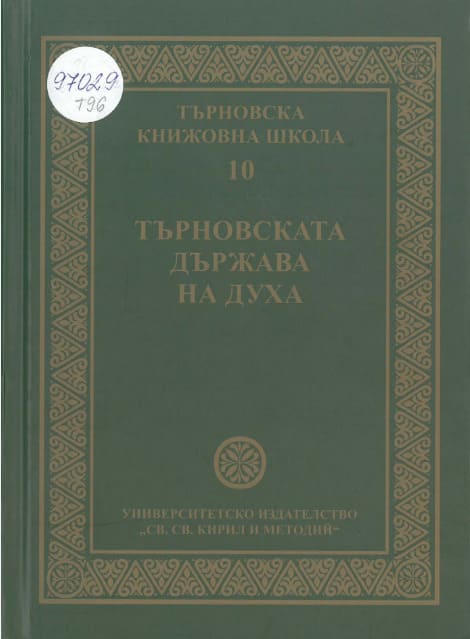
The 𝑇𝑎𝑟𝑛𝑜𝑣𝑜 𝐿𝑖𝑡𝑒𝑟𝑎𝑟𝑦 𝑆𝑐ℎ𝑜𝑜𝑙 collections contain reports from the recurrent international symposium “Tarnovo Literary School”, which is the oldest and most respected forum on Old Bulgarian studies in Bulgaria and worldwide. It was held for the first time in 1971 under the auspices of UNESCO, and the first collection of articles came out in 1976. The𝑇𝑎𝑟𝑛𝑜𝑣𝑜 𝐿𝑖𝑡𝑒𝑟𝑎𝑟𝑦 𝑆𝑐ℎ𝑜𝑜𝑙 collections are among the most cited editions in the fields of Old Bulgarian studies and research into medieval Bulgarian spiritual and material culture from its pre-Tarnovo and Tarnovo periods, as well as on the cultural and literary ties between Byzantium, Bulgaria, and the Eastern Orthodox Slavic world. The main purpose of 𝑇𝑎𝑟𝑛𝑜𝑣𝑜 𝐿𝑖𝑡𝑒𝑟𝑎𝑟𝑦 𝑆𝑐ℎ𝑜𝑜𝑙 is to publish scholarly articles by Bulgarian and foreign researchers in the field of interdisciplinary medieval studies in order to explore the cultural and historical heritage of the Second Bulgarian Empire.
More...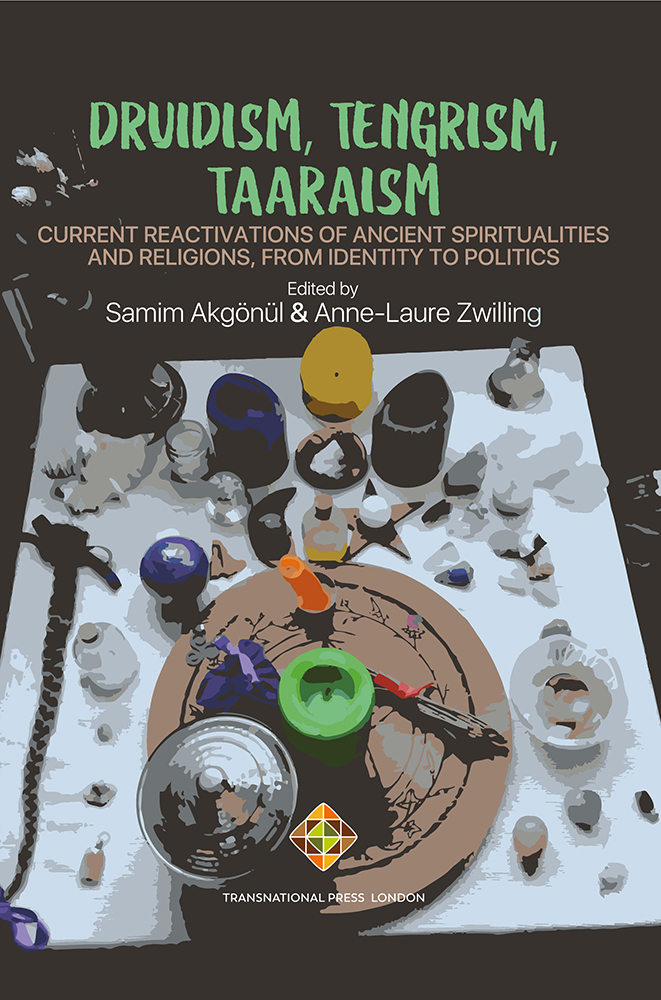
In recent years, witches have been making a comeback in Western culture, particularly in France. In bookshops, books and bestsellers have been proliferating, such as Odile Chabrillac’s Âme de sorcières and its around 50,000 copies sold . On social networks, the phenomenon quickly structured itself around hashtags such as #witchesofinstagram or #witchtok, and dedicated YouTube channels were created. In the general buzz, the term “modern witch” gradually emerged, marking a difference with the notion of “regular witch”.
More...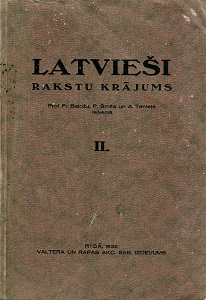

A standardized recipe can be defined as guidance for the constant preparation of an assemblage of food or drink at an expected quality. The use of standardized recipes is justified for the reasons of inventory control, creativity, simplicity and consistency. The standard recipe or technical sheet includes certain irreplaceable elements: recipe name, yield, portion size, weight/amount, measure/unit, ingredients, instructions, and notes. The technical sheet is one of the most powerful documents in a food service operation. The benefits of the standardized recipes are vast. It is the basis for the planning of the kitchen and its inventory. It enables the chef to predict and control the quality, quantity and portion cost of the final product by stating all the ingredients and preparation details. There is an increase in consumer satisfaction due to the constant delivery of high-quality and consistent food. There is better control over the yield and the number of the produced portions. Standard recipes are important for faster training of food service employees because of the supply of relevant information and set standards ensuring logical flow of work and increasing labor efficiency. And finally, the risk of foodborne illnesses is limited if the instructions on technical sheets are accurately followed.
More...
In the description of the days dedicated to the field research, De Martino studies ad locum tarantism and the aspects that this ancient custom encompasses, guaranteeing solutions to the “crisis of presence”. From this point of view, the magic of traditional societies can be perceived as a compass in understanding the primordial representations of the world, through which De Martino distances himself from Benedetto Croce's optics and seeks to understand the world of magic using Heidegger’s existentialist instruments, that provides answers to the problem of the “crisis of presence” and the “anxiety of history”, through the solution provided by the magic ritual, of the “rescue from the crisis”. In fact, this Heideggerian concept is treated separately in the chapter, trying to follow a series of aspects that can explain the many facets of this existential concept: from individual psychological aspects, such as suffering or fear of death, to the cultural frames of communities, that are contextualized historically. Last but not least, the intention to provide a clear and multi-angular image of tarantism made me investigate in detail De Martino’s itinerary in Lucania, following the way in which the scholar doubled the observation, which followed in detail the specific ritual steps, with the analysis of a theoretical nature, in order to verify to what extent there is a high degree of validity between the intuitions of his thinking and the specific-therapeutic function of the ritual dance. It is known about the relationship of the Italian scholar with Romanian folklore, treated and viewed in comparison with the forms of manifestation of the Italian popular culture. In this context, fascinating aspects and similarities of tarantism and the ritual elements of the Romanian Căluș were noted. By examining the convergence of these cultural practices, we gain a deeper understanding of the universal characteristics present in different folk traditions.
More...